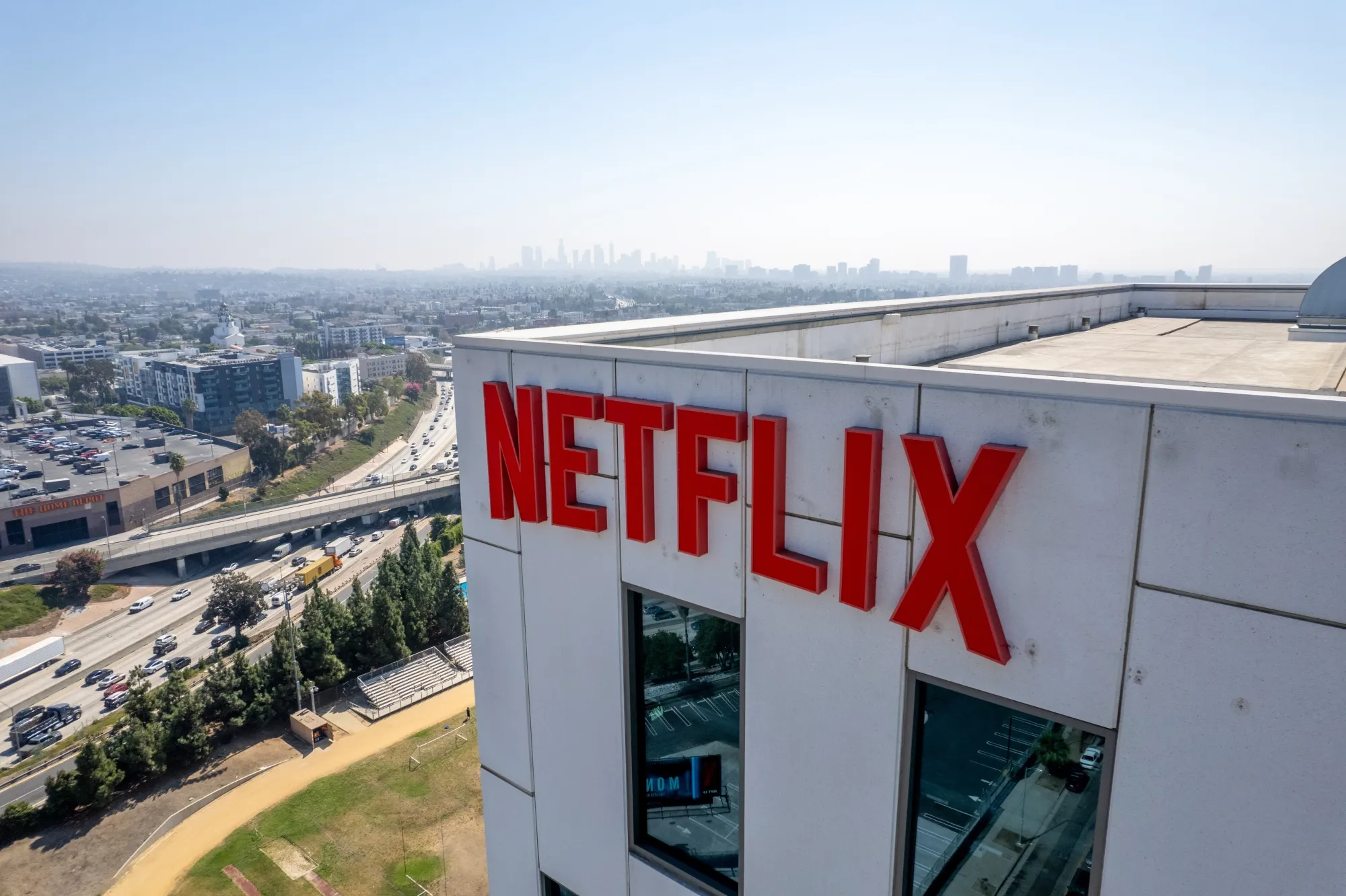Netflix Cites Brazil Tax Dispute for Earnings Miss as Analysts Split on Outlook

Netflix reported a rare earnings miss this quarter, attributing the shortfall to an unexpected $619 million expense tied to a tax dispute in Brazil. The setback ended the Los Gatos–based streamer’s six-quarter streak of surpassing Wall Street’s profit forecasts.
Despite the earnings dip, Netflix emphasized that its diverse mix of original TV shows and films kept audiences engaged and drove strong revenue performance. Subscriber fees and growing ad sales helped the company meet analyst expectations for total revenue, even as profits lagged behind projections.
Analysts, however, offered differing interpretations of the third-quarter results. Investing.com’s Thomas Monteiro warned that Netflix might be using the Brazilian tax issue to obscure signs of slowing subscriber and ad growth amid global economic uncertainty. “The truth is that the company failed to deliver the kind of growth we’ve grown used to over the past couple of years,” Monteiro said.
Zacks analyst Jeremy Mullin, on the other hand, expressed confidence in Netflix’s stability, saying the company’s “underlying story remains solid.” Netflix reported $2.5 billion in profit, or $5.87 per share, during the July–September quarter — an 8% year-over-year increase. Revenue climbed 17% to $11.5 billion, matching analyst estimates, though short of FactSet’s projected earnings of $6.96 per share.
During the company’s earnings call, co-CEO Ted Sarandos said Netflix’s total global audience — including shared households — is approaching 1 billion people. “We have a better understanding of the streaming business than any of our competitors,” added co-CEO Greg Peters.
Netflix continues to expand its offerings beyond scripted content, adding live sports, video games, and, beginning next year, video podcasts through a partnership with Spotify. The company could soon have new opportunities to strengthen its lineup, as Warner Bros. Discovery considers selling all or part of its entertainment assets, including HBO, DC Studios, and CNN. Analysts speculate that Netflix may explore a bid. Sarandos acknowledged that while Netflix is “more builders than buyers,” it won’t rule out selective acquisitions outside traditional cable networks. “We can be and will be choosey,” he said.
The streamer’s ad-supported plan, launched three years ago, is also emerging as a growing revenue source. Although Netflix hasn’t disclosed exact ad sales figures, management expects the segment to more than double from last year. S&P analysts forecast roughly $1.1 billion in advertising revenue for 2025 — around 2% of Netflix’s total projected income.
Still, some industry experts caution that Netflix’s push to diversify could backfire. “If the company goes too broad to become all things entertainment, it risks diluting its core,” said Forrester Research analyst Mike Proulx.
Netflix has shifted investor focus away from quarterly subscriber numbers, which it stopped reporting at the end of last year, to emphasize financial performance instead. The approach has so far paid off: the company’s stock has climbed about 40% this year, though shares dipped in after-hours trading following the earnings report.
Despite the rare miss, analysts say the company’s strong revenue growth indicates continued subscriber expansion beyond the roughly 302 million users it had at the end of last year — maintaining its position as the global streaming leader, even as rivals like Amazon and Apple ramp up their content strategies.

